Sunshine is free, unlimited, and eco-friendly – so who wouldn't want to use it as an energy source? But to do so, you need a little help from photovoltaics. Whether you want a solar system with energy storage for your home, or simply to use solar panels to charge your power station – photovoltaics is how the magic happens. But what exactly do we mean by photovoltaics?

Sunshine is free, unlimited, and eco-friendly – so who wouldn’t want to use it as an energy source? But to do so, you need a little help from photovoltaics. Whether you want a solar system with energy storage for your home, or simply to use solar panels to charge your power station – photovoltaics is how the magic happens. But what exactly do we mean by photovoltaics?
What is photovoltaics?
Photovoltaics refers to the direct conversion of sunlight into electrical energy using solar cells. The term comes from the Greek words “phos” (light) and “voltaikos” (electric). Photovoltaic technology uses the photoelectric effect, where certain materials, usually silicon, release electrons when struck by photons (light particles). These released electrons then accumulate in an electrical circuit and can be used to generate electrical energy.
When sunlight strikes a solar cell in a solar system, it creates an electric field within the semiconductor. This field excites the electrons in the material, causing them to move freely. The solar cell’s internal design directs these free electrons in one direction, resulting in a current flow. An inverter then transforms this direct current into alternating current for household use. To store the generated electricity for later use, you need a solar system with storage.
How does photovoltaics work?
Photovoltaics relies on the photovoltaic effect. This occurs when light interacts with certain materials, such as silicon. To produce electricity, you use the photovoltaic effect to power a photovoltaic system, with or without energy storage. The process can be broken down into the following steps:
- Light absorption: A photovoltaic cell is made of a semiconductor material, usually silicon. When sunlight hits the solar cell, light photons are absorbed. These photons then transfer their energy to electrons in the semiconductor material.
- Creation of electron-hole pairs: The absorbed energy displaces electrons in the semiconductor material from their original positions. This leads to the formation of electron-hole pairs, with each pair comprising an electron and a missing electron (hole).
- Separation of electrons and holes: The internal design of the solar cell causes electrons and holes to separate into different areas of the semiconductor. Electrons move towards the negative side of the solar cell, while holes move towards the positive side.
- Generation of electrical current: The separation of charges creates an electric field within the solar cell. When an external circuit is closed, electrons flow from the negative to the positive side of the solar cell, generating direct current.
Most households and the public power grid use alternating current. Therefore, the direct current generated by the PV system is converted into alternating current using an inverter. You can either feed this AC directly into the power grid or use it for your own consumption, such as powering a heat pump, which you can operate cost-effectively with photovoltaics. If you want to use the generated electricity at a time of your choosing, you need a solar system with storage.
What is the difference between solar and photovoltaics?
People often use solar systems and photovoltaic systems interchangeably, as both terms generally relate to the use of solar energy. But there is a crucial distinction. But there is a crucial distinction. Photovoltaics generates energy from sunlight in the form of electricity. A solar system, however, can be a solar thermal system that solely produces heat, perhaps for heating or hot water storage. Thus, the terms differ in the following ways:
- Solar – The term “solar” encompasses the general use of solar energy, regardless of the specific technology at play. It is used to describe electricity generation via photovoltaic energy (photovoltaics) as well as for solar thermal energy generation (solar thermal).
- Photovoltaics – Photovoltaics is a specific technology for converting sunlight into electricity using solar cells or solar modules. It is a subcategory of solar energy, focusing on photovoltaic electricity generation. If you also want to generate thermal energy with photovoltaics, you’ll need heat pump.
-
Tube collector – Solar thermal – 15 Tubes – 120 – 150 L – 1.2 m² – -45 – 90 °C
-
Evacuated Solar Tube Collector – Solar thermal – 20 Tubes – 160 – 200 L – 1.6 m² – -45 – 90 °C
-
Evacuated Solar Tube Collector – Solar thermal – 24 Tubes – 200 – 240 L – 1.92 m² – -45 – 90 °C
-
Evacuated Solar Tube Collector – Solar thermal – 30 Tubes – 250 – 300 L – 2.4 m² – -45 – 90 °C
What is a photovoltaic system?
A photovoltaic system, also known as a PV system, consists of various components that work together to convert sunlight into electrical energy. Here are the key components of a typical photovoltaic system:
- Photovoltaic modules: These modules contain solar cells that convert sunlight into electric current. The solar cells are usually made of silicon, a semiconductor material. A module combines several solar cells to achieve a higher output.
- Inverter: A PV system requires an inverter to convert the direct current (DC) generated by the photovoltaic modules into alternating current (AC), which is commonly used in households. The inverter is connected to the power grid or used for domestic consumption.
- Meter and control unit: A photovoltaic system often includes an electricity meter that measures the generated power and provides information about the system’s performance. With a control unit, you can monitor the operation of the system and optimise its settings.
- Solar system with storage: Batteries and other energy storage systems are integrated with photovoltaic systems to store surplus electricity for later use when sunlight is insufficient.
What are the advantages of a photovoltaic system with storage?
Photovoltaic systems are an eco-friendly and sustainable energy source, as they generate renewable energy from sunlight without producing harmful emissions. They help reduce dependence on fossil fuels and lower greenhouse gas emissions.
Photovoltaic systems let you generate your own electricity and reduce your dependence on external energy suppliers. This leads to big savings over time, and if you decide to feed the generated electricity back into the public grid, you can even earn money with your photovoltaic system. In light of their long lifespans and minimal maintenance requirements, photovoltaic systems represent an excellent long-term investment in renewable energy. Considering installing a PV system? Learn more about the advantages of photovoltaic systems.
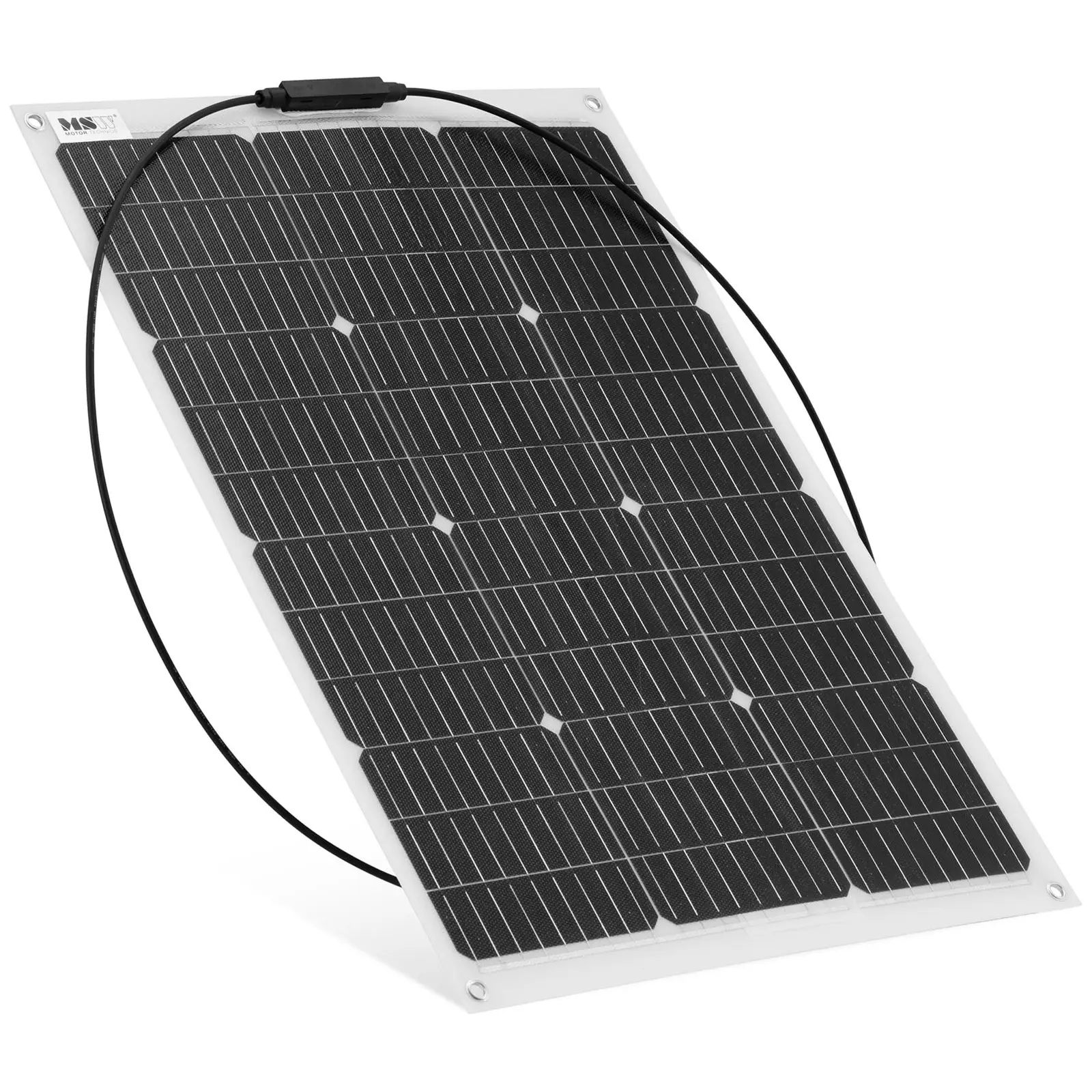
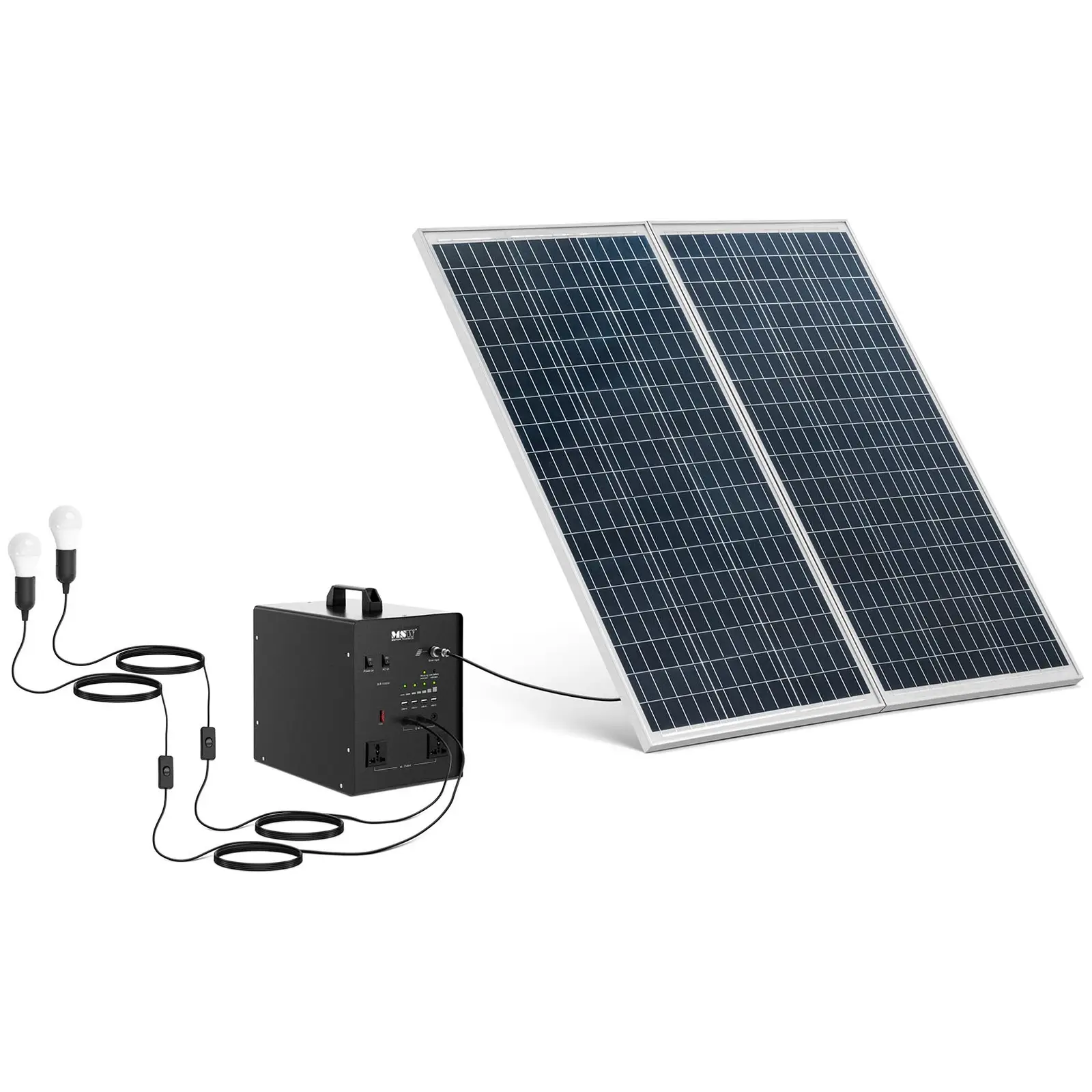
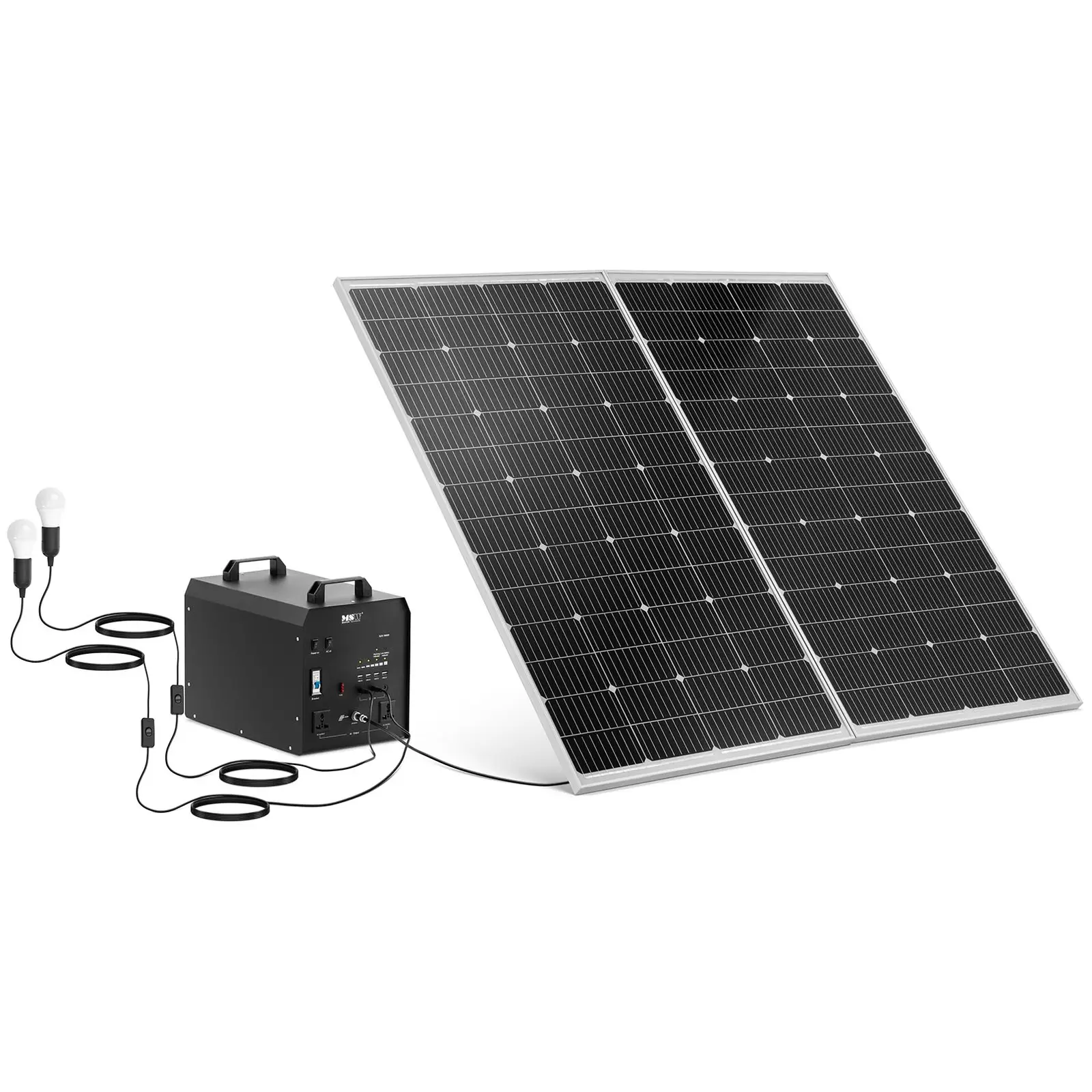
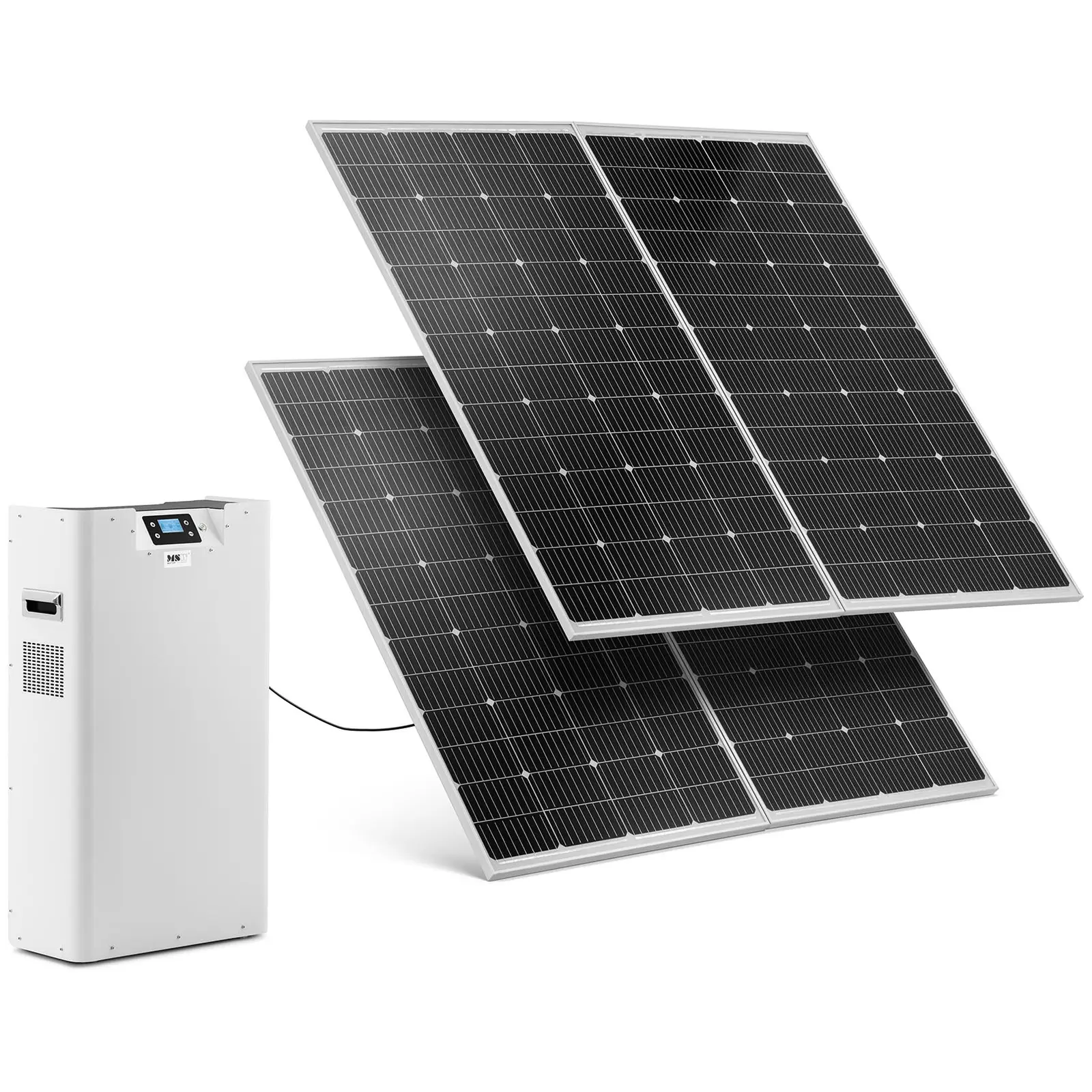
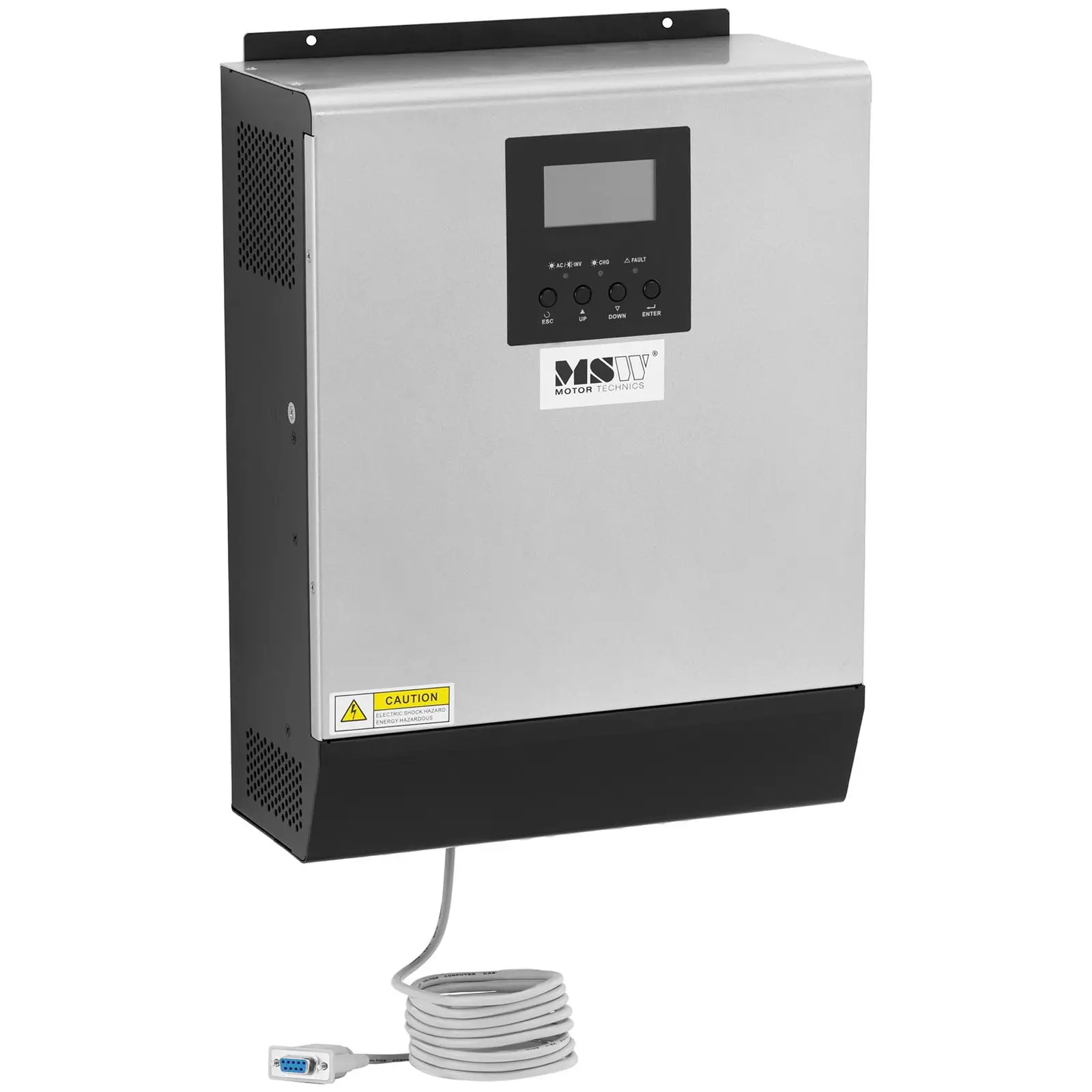
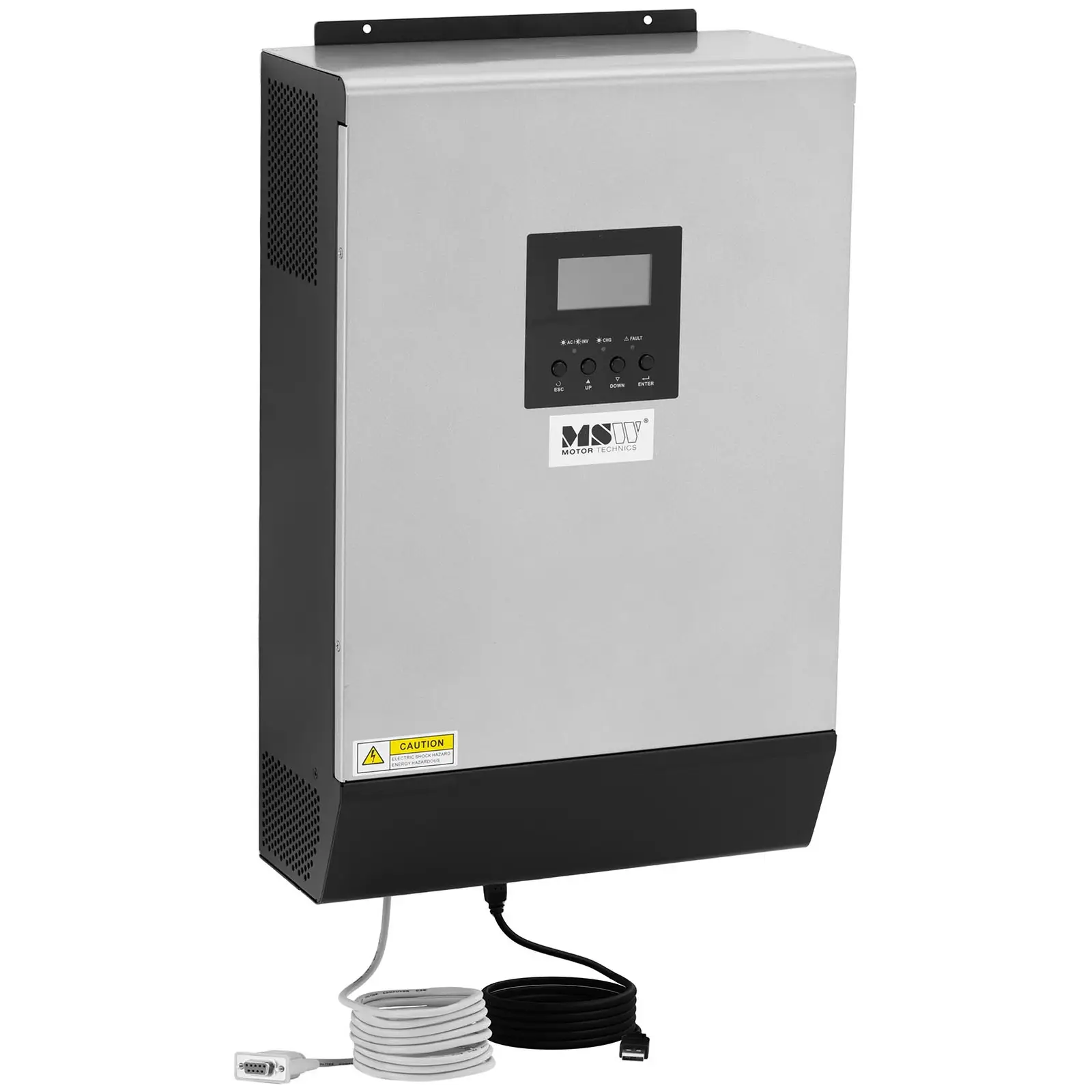
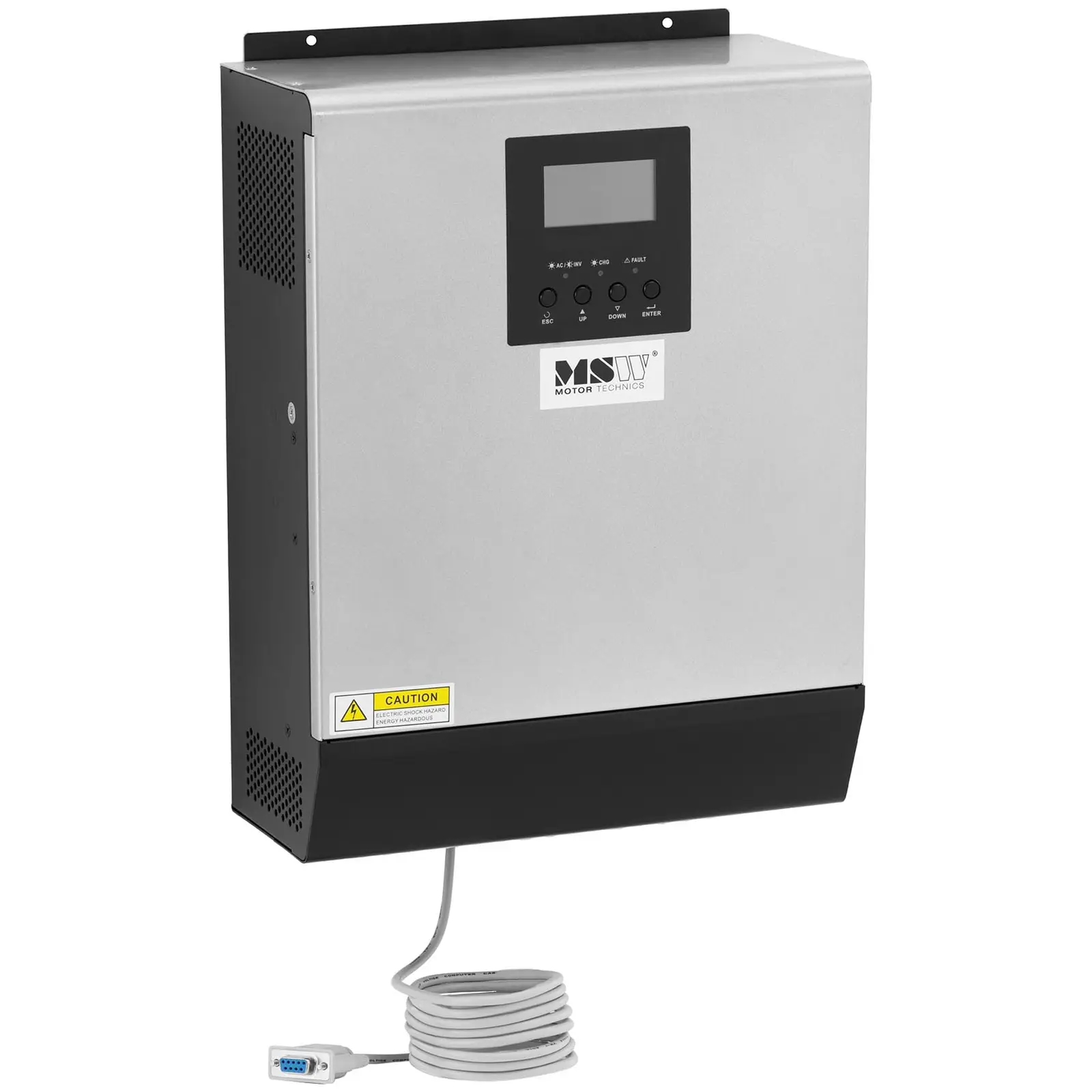
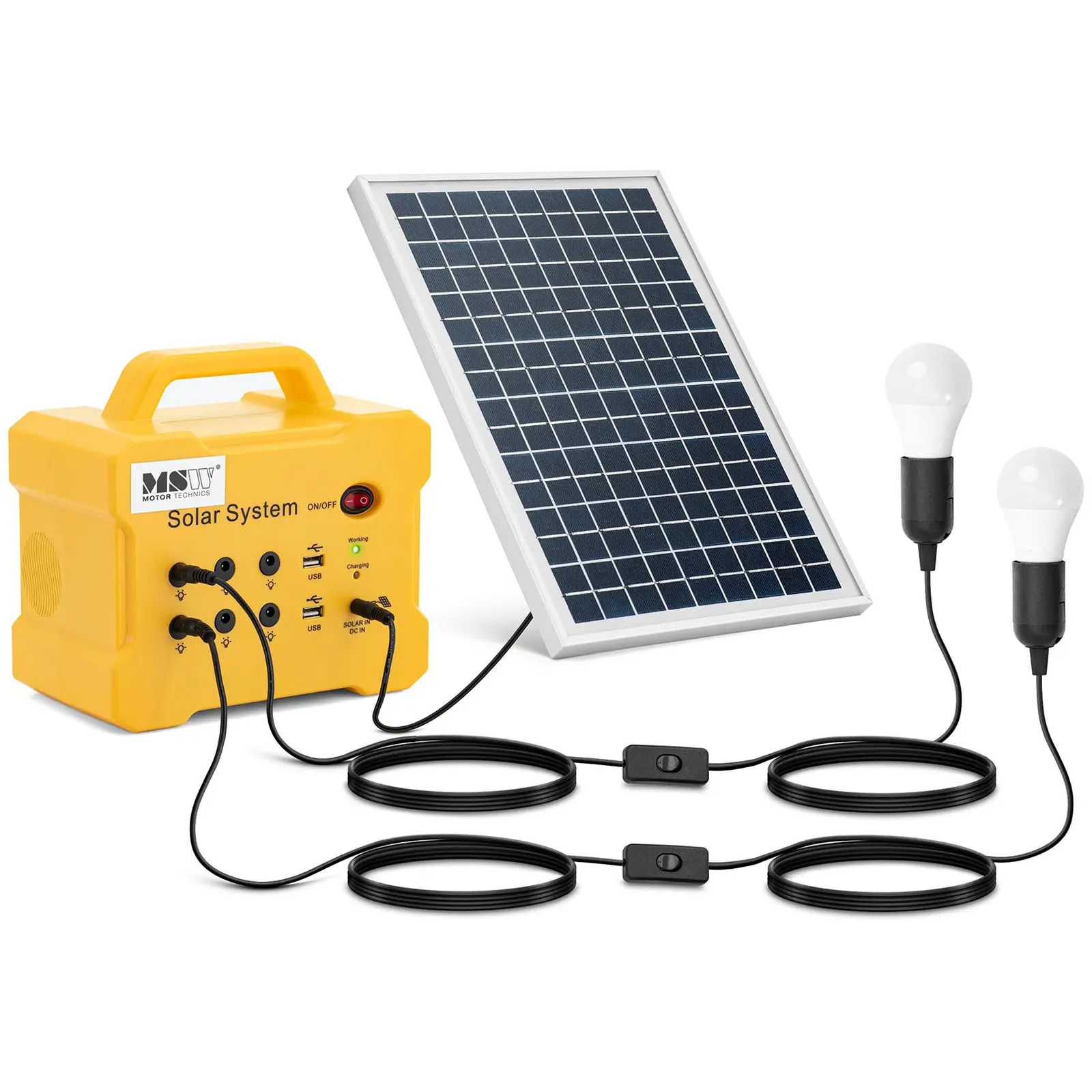






Share